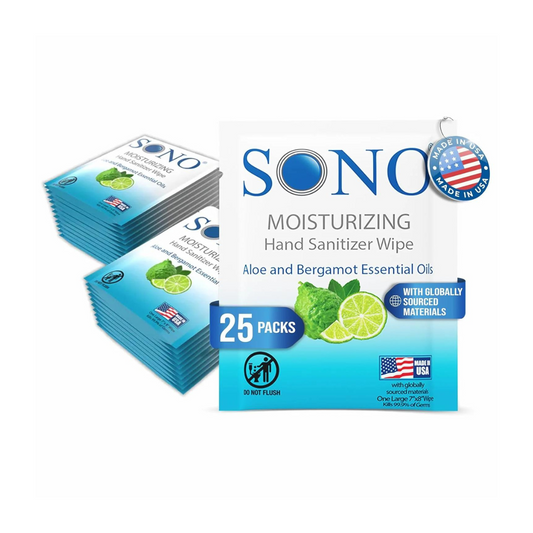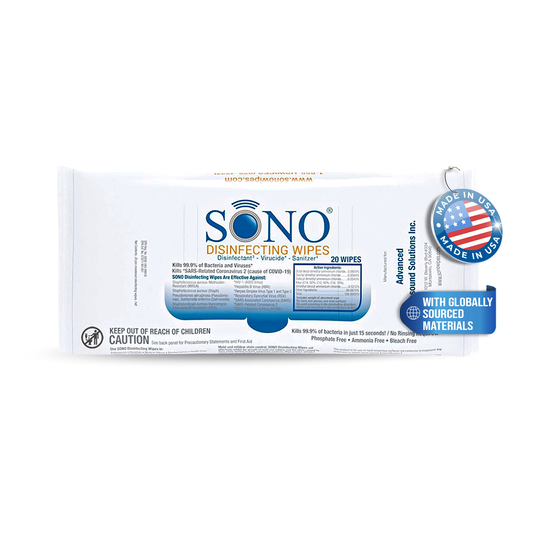What’s the Difference Between Monkeypox and COVID-19?
With both Monkeypox and COVID-19 making headlines, it’s important to understand the differences between these two viruses, from how they spread to the symptoms they cause. While both are serious illnesses, they differ significantly in their transmission methods, symptom presentation, and overall risk to the public. In this post, we’ll break down these differences clearly and concisely.
1. Virus Family and Origins
- COVID-19 (SARS-CoV-2): COVID-19 is caused by the SARS-CoV-2 virus, part of the coronavirus family. It primarily spreads through airborne particles, particularly respiratory droplets and aerosols.
- Monkeypox (Orthopoxvirus): Monkeypox belongs to the Orthopoxvirus family, which includes smallpox. It spreads mainly through direct contact with bodily fluids, lesions, or contaminated surfaces and objects, with some limited spread via respiratory droplets.
2. Transmission Methods
- COVID-19: The primary mode of transmission for COVID-19 is through airborne particles, including droplets released when an infected person coughs, sneezes, or talks. It can also spread through contact with contaminated surfaces, though this is less common.
- Monkeypox: Monkeypox spreads mainly through close contact with the rash, lesions, or bodily fluids of an infected person. Transmission via respiratory droplets is possible but typically requires prolonged, face-to-face exposure. The virus can also spread through contaminated objects such as bedding and clothing.
For a deeper look at how Monkeypox spreads, check out our post on "Monkeypox Transmission Explained"
3. Symptom Onset and Presentation
-
COVID-19 Symptoms: COVID-19 symptoms can vary widely but generally include:
- Fever or chills
- Cough
- Shortness of breath or difficulty breathing
- Fatigue
- Muscle or body aches
- Loss of taste or smell
- Sore throat
- Headache
- Congestion or runny nose
COVID-19 symptoms typically begin within 2-14 days after exposure, with some cases remaining asymptomatic.
-
Monkeypox Symptoms: Monkeypox symptoms are more specific and often begin with flu-like symptoms similar to COVID-19, such as fever, headache, and muscle aches. However, within 1-3 days of fever onset, a characteristic rash appears, usually starting on the face and spreading to other parts of the body. The rash goes through stages, including macules, papules, vesicles, pustules, and scabs. Swollen lymph nodes are also common, distinguishing Monkeypox from other poxviruses.
Understanding Monkeypox symptoms in detail can help you recognize the virus. Read more in our guide on "Monkeypox Symptoms: What to Watch For"
4. Incubation Period
- COVID-19: The incubation period for COVID-19 is typically 2-14 days, with an average of about 5 days. Some individuals may never develop symptoms but can still spread the virus.
- Monkeypox: The incubation period for Monkeypox is longer, typically ranging from 7-14 days but can be as long as 21 days. Most individuals develop clear symptoms, especially the characteristic rash.
5. Severity and Complications
- COVID-19: COVID-19 can range from mild to severe, with some cases requiring hospitalization, particularly among those with pre-existing health conditions. Severe cases can lead to complications such as pneumonia, acute respiratory distress syndrome (ARDS), organ failure, and death.
- Monkeypox: Monkeypox is generally less severe than COVID-19 for most healthy individuals. However, it can lead to complications such as bacterial infections of the skin, pneumonia, sepsis, and, in rare cases, death, especially in vulnerable populations like children, pregnant women, and immunocompromised individuals.
6. Vaccination and Treatment
- COVID-19 Vaccines: Several vaccines are available for COVID-19, including mRNA vaccines (Pfizer and Moderna), vector vaccines (Johnson & Johnson), and others. These vaccines have proven effective in preventing severe disease, hospitalization, and death, although breakthrough cases do occur.
- Monkeypox Vaccines: Vaccines originally developed for smallpox have shown efficacy against Monkeypox. The JYNNEOS vaccine is currently recommended for people at higher risk of contracting the virus, such as healthcare workers and those who have been exposed to infected individuals.
7. Global Impact
- COVID-19: COVID-19 has had a massive global impact, leading to millions of deaths and widespread societal disruptions due to its highly contagious nature and ability to spread through the air. The virus has resulted in extensive public health measures, including lockdowns, mask mandates, and vaccine campaigns.
- Monkeypox: Although Monkeypox has spread to new regions, it is not as easily transmissible as COVID-19. The global impact of Monkeypox has been significant in certain regions, but it has not resulted in the same level of widespread disruption as COVID-19. Public health responses focus on contact tracing, vaccination for exposed individuals, and quarantine of those infected.
While both Monkeypox and COVID-19 are serious diseases that require careful monitoring, they differ significantly in their transmission, symptoms, and impact. Monkeypox tends to spread more slowly and requires closer contact for transmission, whereas COVID-19 spreads quickly through airborne particles. Understanding these differences can help you better assess the risks and take appropriate precautions to protect yourself and those around you.





